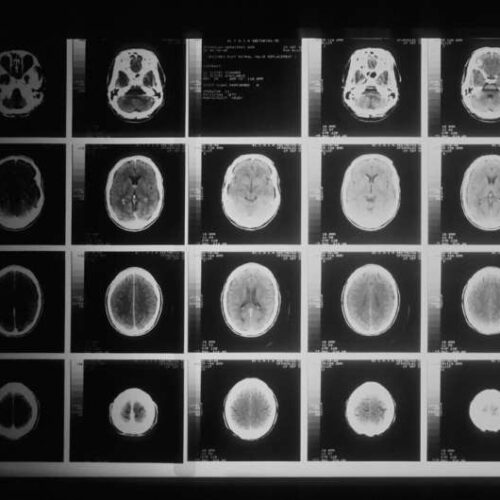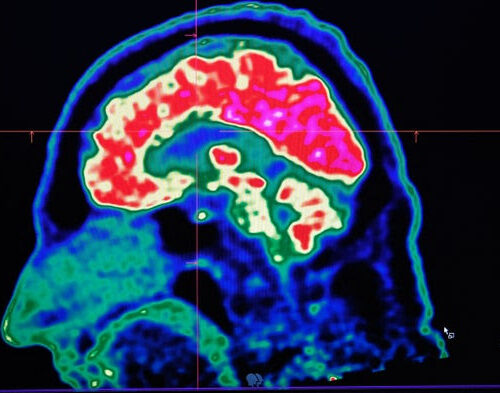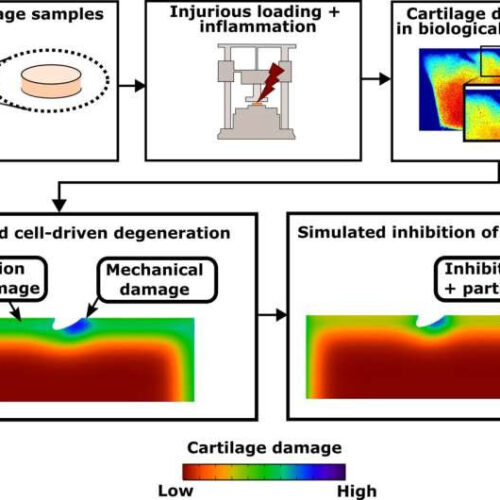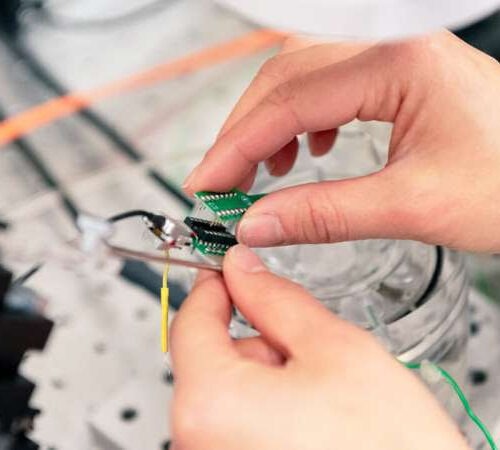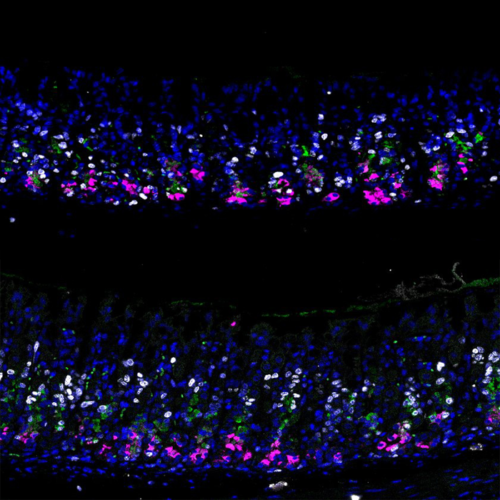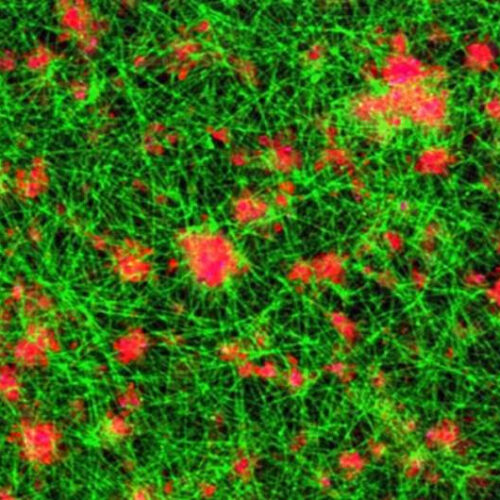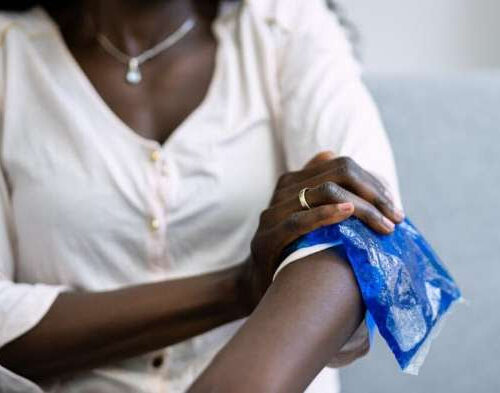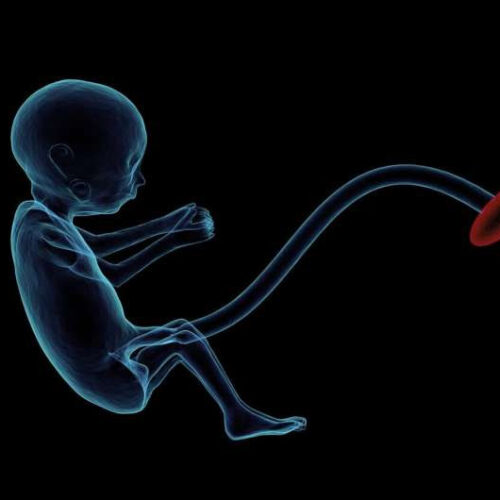by Hilary A. Diefenbach, The Conversation Credit: Unsplash/CC0 Public Domain High-profile sports like football and soccer have brought greater attention in recent years to concussions—the mildest form of traumatic brain injury. Yet people often do not realize how common concussions are in everyday life, and seldom does the public hear about what happens in the aftermath...
Tag: <span>injury</span>
New Research Points to Causes for Brain Disorders with No Obvious Injury
By Z Paige L’Erario on March 31, 2023 A positron-emission tomography (PET) scan of a human brain on a screen on January 9, 2019, at the University Hospital Center of Brest in France. Credit: Fred Tanneau/AFP via Getty Images “Stop faking!” Imagine hearing those words moments after your doctor diagnosed you with, say, a stroke or a brain tumor. That sounds...
Researchers unravel new mechanisms behind articular cartilage healing after injury
by University of Eastern Finland New computational model was able to predict experimentally observed degradation and unravel the mechanisms behind partial recovery of injured articular cartilage. Credit: Joonas P. Kosonen Understanding how the knee joint environment affects cartilage cells is crucial for joint health. Knowledge of cell-driven cartilage degeneration mechanisms can support the development of...
Investigational drug fosters nerve repair after injury
Scientists from the University of Birmingham have shown that a brain-penetrating candidate drug currently in development as a cancer therapy can foster regeneration of damaged nerves after spinal trauma. The research, published today in Clinical and Translational Medicine, used cell and animal models to demonstrate that when taken orally the candidate drug, known as AZD1390, can...
Pathway deep in the brain makes it resilient after injury
by Sarah Williams, Gladstone Institutes A new study led by Gladstone researchers suggests that targeting a protein in the thalamus could prevent the long-term damage that follows traumatic brain injury. In this photo, Graduate Student Frances Cho works with an electrode array to study brain samples. Credit: Photo: Michael Short/Gladstone Institutes For days, and even...
Double agents: How stomach stem cells change allegiance upon injury
IMBA- INSTITUTE OF MOLECULAR BIOTECHNOLOGY OF THE AUSTRIAN ACADEMY OF SCIENCES IMAGE: NORMAL MOUSE STOMACH EPITHELIUM (ABOVE) VERSUS EPITHELIUM WITH P57 OVEREXPRESSION (BELOW) AT DAY 3 POST-INJURY WITH HIGH-DOSE TAMOXIFEN (HDT). THE EPITHELIUM IS STAINED FOR CHIEF CELLS (MAGENTA), NECK CELLS (GREEN), AND PROLIFERATING CELLS (WHITE). CREDIT: ©LEE/KOO/CELLSTEMCELL/IMBA. A stomach adult stem cell population can...
How Do Muscles Repair Themselves After Injury?
By Hidaya Aliouche, B.Sc. Reviewed by Emily Henderson, B.Sc. Skeletal muscle cells facilitate voluntary movements such as walking, running, and other forms of exercise. They are comprised of thin, tubular cells called muscle or myofibres due to their threadlike appearance. A single muscle is comprised of hundreds to thousands of myofibres each of which is...
Researchers develop next generation of artificial platelets that can stop bleeding from an injury faster
by Case Western Reserve University A PNN-incorporated blood clot. The red areas are the platelet mimicking procoagulant nanoparticles and the green areas are the fibrin protein. Credit: Case Western Reserve University Biomedical researchers at Case Western Reserve University report that their latest innovation in developing synthetic platelets could help save lives by rapidly stabilizing clots...
Hot pack or cold pack: Which one to reach for when you’re injured or in pain
by Andrew Lavender, The Conversation Credit: Shutterstock When you injure yourself, you may reach for a hot or a cold pack. Which option is better depends on the nature of your pain, what caused it and how long you’ve had it. Heat therapy, sometimes called thermotherapy, involves applying heat to an injury or painful area on the...
Researchers uncover new evidence that fetal membranes can repair themselves after injury
by Queen Mary, University of London Credit: Pixabay/CC0 Public Domain Scientists from Queen Mary University of London and UCL have shown that fetal membranes are able to heal after injury in a new study published today in Scientific Reports. The integrity of the fetal membranes that surround the baby in the womb during pregnancy is vital for...

